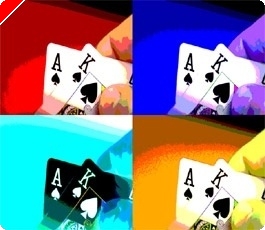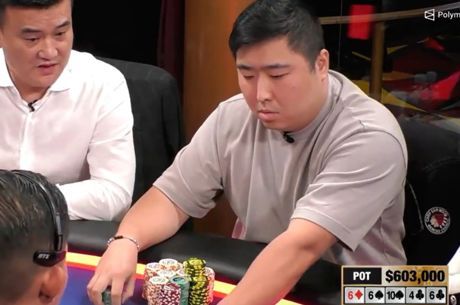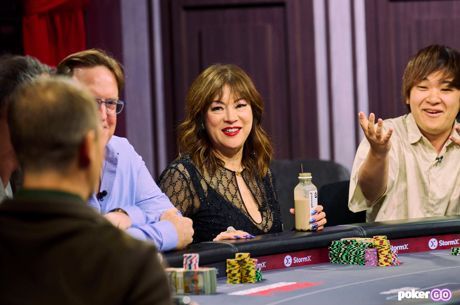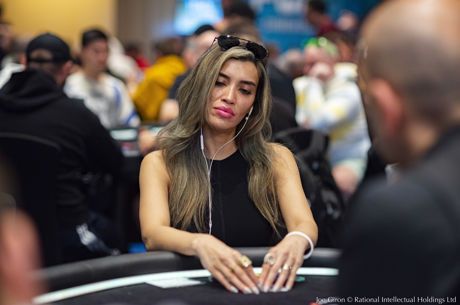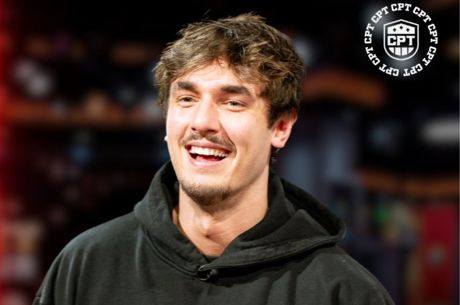Opinion: Marketing the November Nine
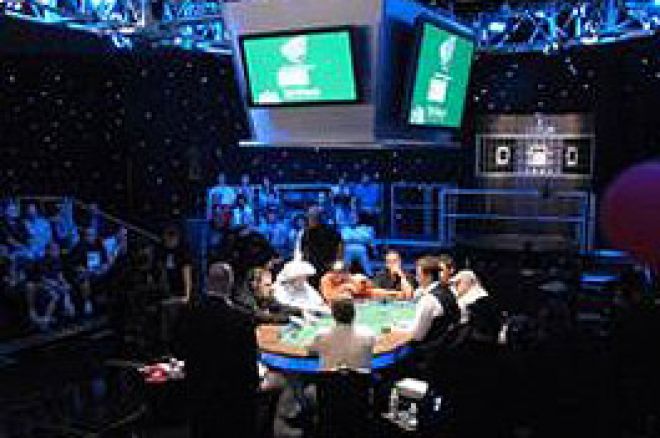
Although it may have seemed a long time ago since the last hand of the 2008 World Series of Poker Main Event was dealt and Dean Hamrick was eliminated in 10th place, there are still almost two months until the nine remaining players �� the so-called "November Nine" �� will be reuniting in Las Vegas to play out this year's final table. When the the final table delay was announced back on May 1, the decision provoked much discussion and controversy, summarized and analyzed here by B.J. Nemeth (Part 1 & Part 2).
When the announcement of the delay was first made, one by-product of the move given special emphasis was increased exposure for poker in general and for the nine Main Event survivors in particular. "The added time prior to the final table will help get poker mainstream media attention," said Daniel Negreanu, a member of the Players Advisory Committee who had approved of the decision. In that day's press conference, Jeffrey Pollack, WSOP Commissioner, also spoke of how the nine players who made that final table would enjoy "an unprecedented opportunity to capture the world's attention."
Others involved in the decision have likewise noted how the potential for the nine making the final table to land deals with advertisers was a principal consideration among those who favored the change. In a recent interview with Craig Marquis (one of the November Nine), Phil Gordon asked Marquis about how the sponsorships were going, and in doing so reiterated that the players' increased chances to negotiate such deals had been one of the reasons why he, as a member of the PAC, had supported the decision to delay the final table.
At the May 1 press conference, Dockery Clark, Director of Sports and Alliance Marketing for the Miller Brewing Company, also lauded the decision as beneficial to the company she represents, probably the highest-profile WSOP sponsor not otherwise affiliated with poker and/or gambling. The delay "adds value," said Dockery, because it affords "a longer activation period" for Miller and the WSOP, therefore "engag[ing] the consumers in a much stronger way."
Speaking from the perspective of an advertiser already committed to the WSOP, the idea to delay the final table until November, in a sense extending the "life" of the event from seven weeks to nearly half the calendar year, represented an understandable boon. One can debate semantics, arguing whether the 2008 WSOP is currently "on hiatus" or not, but ongoing coverage of the WSOP on ESPN, begun shortly after that last hand was dealt during the early morning hours of July 15, has certainly helped keep the WSOP (and its sponsors) in the minds of viewers (or "consumers") amid numerous other entertainments and events vying for their attention. (Coverage of this year's Main Event will begin on September 2.)
One of those other entertainments potentially distracting us from poker has been the 2008 Summer Olympics in Beijing, which in fact provides a useful comparison for us as we think about various factors affecting the marketability of the November Nine. Even before the closing ceremony, speculation began regarding sponsorship deals for some of the higher profile, more decorated Olympic athletes.
Greg Johnson of the Los Angeles Times has reported that while certain figures, including swimmers Michael Phelps and Dara Torres, and gymnast Nastia Liukin, stand to gain considerably, many will have a difficult time trading on their Olympic successes. Johnson quotes Paul Swangard, managing director of the University of Oregon's Sports Marketing Center, pointing out that even gold medalist Liukin will face certain challenges simply because of the relatively narrow reach of her sport, gymnastics. "Her relevancy for most mainstream sports fans disappears in about three weeks," suggests Swangard. "It's not to say there won't be opportunity �� it's just limited opportunity. Limited but still lucrative." Elsewhere in the piece, Johnson invites us to try to recall the name of the American gymnast who won the women's all-around gold in Athens in 2004. (Can you? It's Carly Patterson.)
While Jeffrey Pollack spoke back on May 1 of "16 weeks of promotion and relevance" for the November Nine, it is nevertheless true that sponsorship opportunities for them are similarly limited. As with gymnasts, the capacity for poker players to promote non-poker products to consumers is relatively slight. And, in this regard, poker players face an additional challenge as legal (and even, for some, moral) factors will invite hesitancy for certain potential sponsors.
It does appear, however, that the "longer activation period" caused by the final table delay has perhaps improved the players' prospects. For one, all nine are already benefitting from sponsorships from online poker sites, more so than past years' final tablists in that aside from monetary compensation for logo-wearing, the delay is allowing sites to place players in intervening events such as the recent LAPT event in Punta del Este as well as the WSOP Europe bracelet events, where several November Nine players have appeared.
The nine have also attracted attention from non-poker sponsors, although it is unknown at this point how lucrative those deals may turn out to be. In his interview with Marquis, Gordon brought up "commercial opportunities coming your way from mainstream companies" (i.e., not the online poker sites), asking Marquis whether his experience fit with Gordon's earlier prediction that making the final table would eventually "be worth about $250,000 to $300,000 per player." Marquis called that prediction "pretty accurate, hopefully" �� not exactly verifying the figure, but nevertheless confirming the fact that the nine players are receiving interest and inquiries on a level beyond what those making WSOP ME final tables in the past have experienced.
While we probably shouldn't expect to see Craig Marquis or any of his eight opponents on a box of Wheaties, it seems likely we may see some or all of them turning up in mainstream culture via advertisements in places where poker players haven't appeared before. Whatever turns out to be the case, the variety and extent of such sponsorships will certainly say something meaningful about poker's present status in the larger culture.

